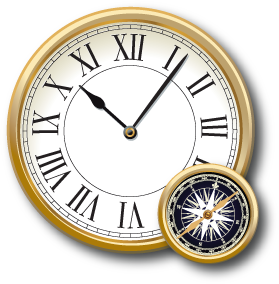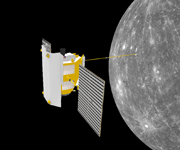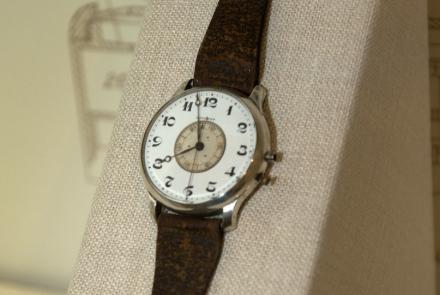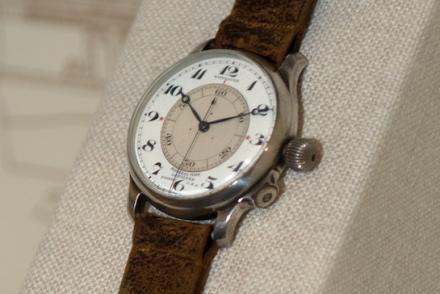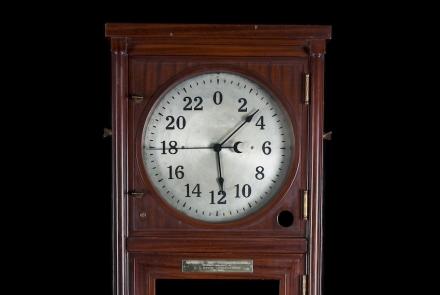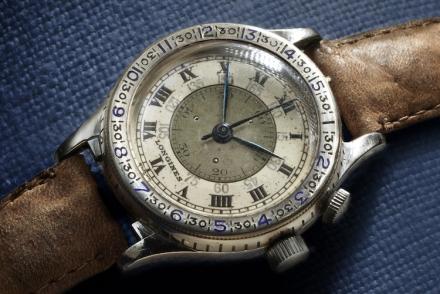Radio Time for Aviation
Innovations
Before 1927, watches used with sextants for celestial sightings could only be set to the minute. A watch error of 30 seconds caused a navigational error of up to 12 kilometers (7 miles).
In 1927, P. V. H. Weems devised a watch with an adjustable second hand that could be set using radio time signals. These examples were his personal navigation watches.
Before 1927, watches used with sextants for celestial sightings could only be set to the minute. A watch error of 30 seconds caused a navigational error of up to 12 kilometers (7 miles).
In 1927, P. V. H. Weems devised a watch with an adjustable second hand that could be set using radio time signals. These examples were his personal navigation watches.
The introduction of quartz clocks at the U.S. Naval Observatory in Washington, D.C., in 1935 marked a major improvement in timekeeping. This clock was used at the observatory to provide radio time signals to ships and aircraft.
In the mid-1930s, the Longines-Wittnauer watch company marketed a line of watches designed in collaboration with Charles Lindbergh and P. V. H. Weems. The Hour Angle Watch sped computations for determining celestial lines of position. Its bezel and dial allowed navigators to read off the hour angle of a celestial object at Greenwich, eliminating a simple but troublesome calculation.


